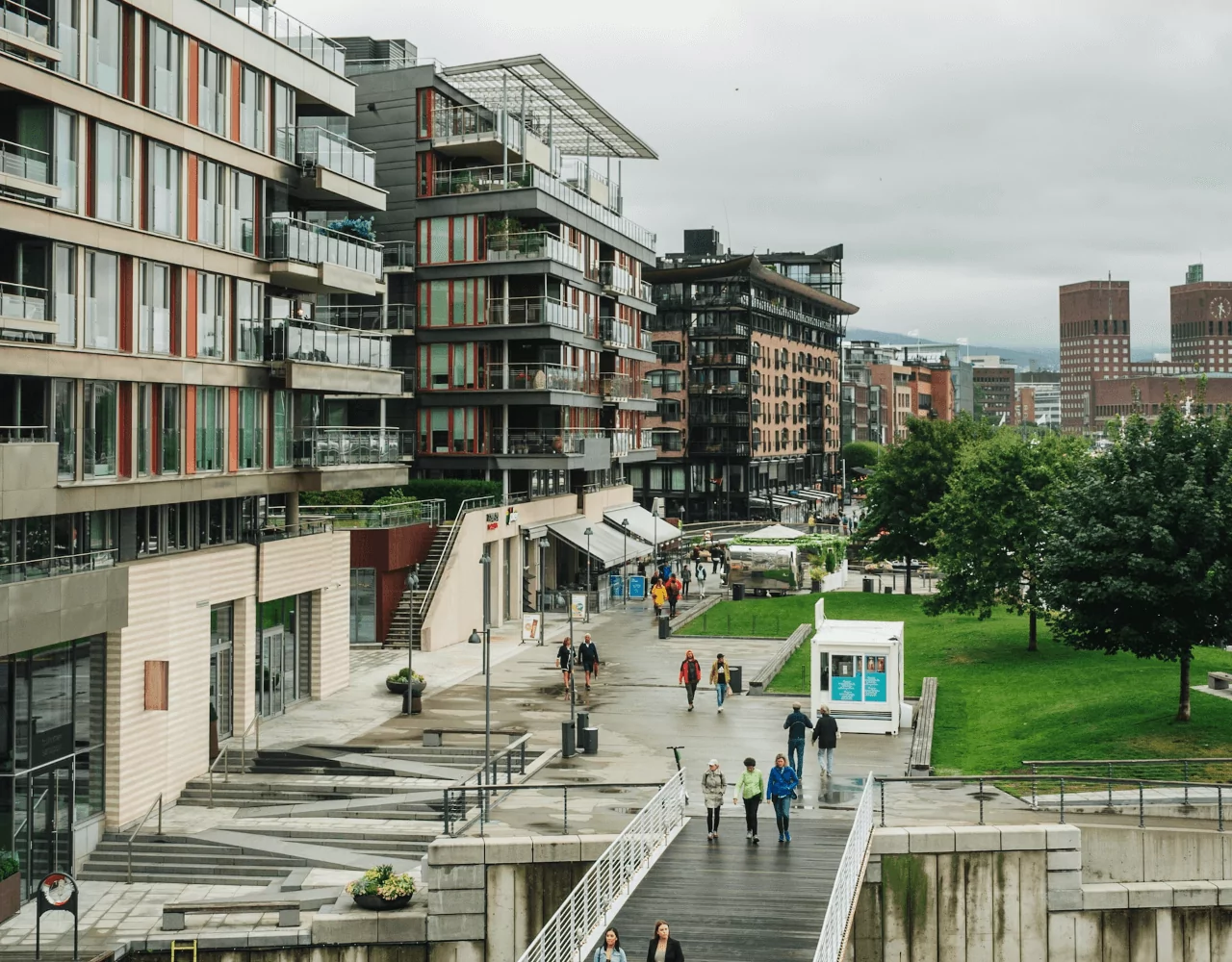1. Inclusion, lasting behavioural change and capacity building
We will analyse and understand citizen capacities, as well as barriers and opportunities for inclusion and enduring behavioural change, to enhance citizen inclusion in participatory processes.
As the participatory process unfolds in pilot cities, the emphasis will shift towards facilitating enduring behavioural change and measuring related impact, addressing limitations of current practices and identifying opportunities for adopting new ones.
2. Co-Creation methodology
Our team will design a six-stage co-creation methodology to provide city authorities with more appropriate processes and ensure that the input and perspectives of the community are included from initial idea generation to the final evaluation of a regeneration action.
We will introduce the concept of the Green Neighbourhood Facilitator (GNF) who will lead efforts towards ecological transition, bringing together key stakeholders, resources, environments and ideas to develop a regeneration plan tailored to the needs and objectives of the community.
3. Regeneration actions catalogue
Implementing adaptation measures requires concrete answers to make cities more resilient to climate change. To promote the adoption of good practices through knowledge exchange, we will develop a regeneration actions catalogue.
The catalogue will include all the actions implemented within the project’s lifespan, while during the implementation of the co-creation methodology, it will be used to provide a framework to discuss current and future plans, generate new projects and foster individual actions among citizens.




